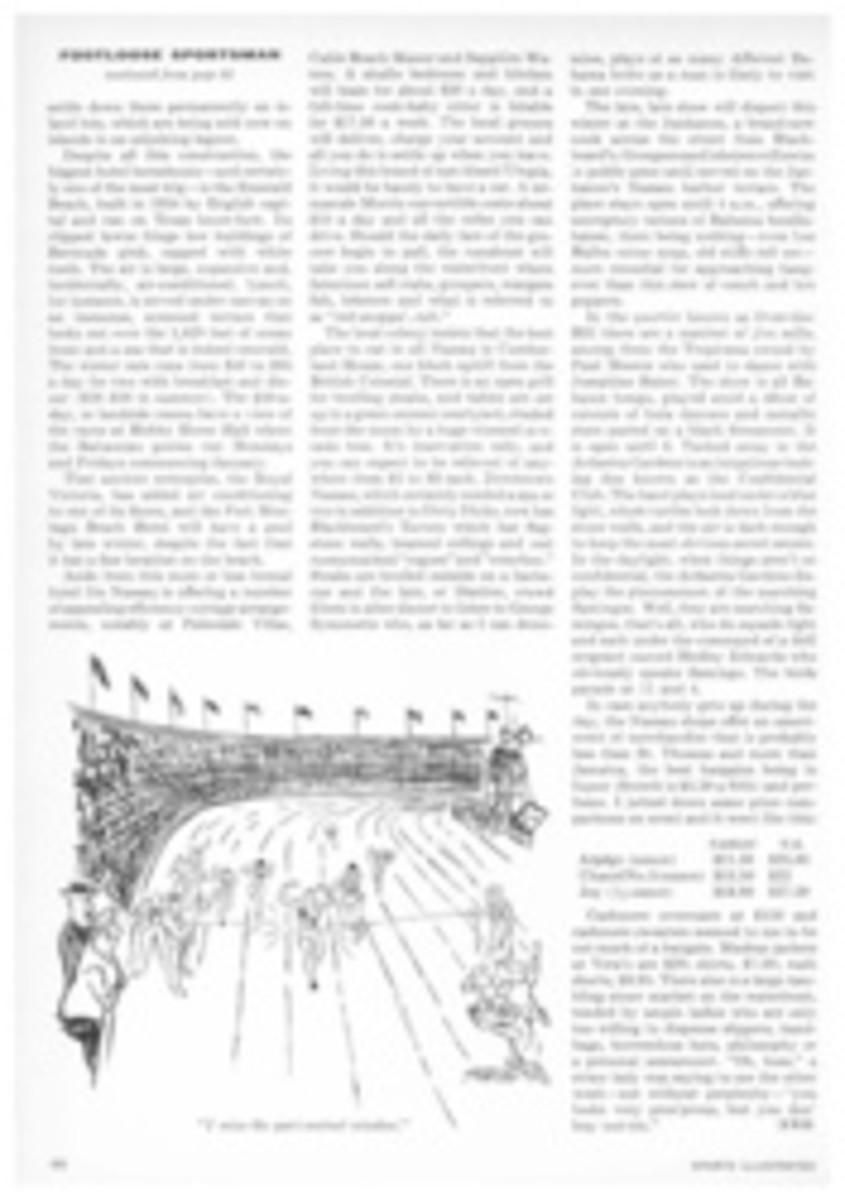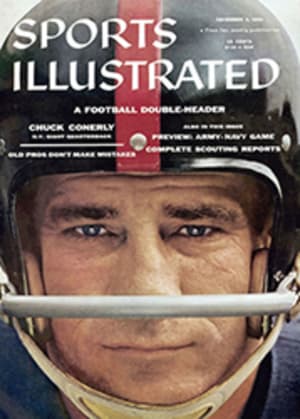
particularly for advanced golfers
One of the features distinguishing the swings of topnotch golfers, so goes one of the clichés of the locker room and the practice fairway, is the definite pause between completing the backswing and commencing the downswing. Some clarification of this point would, I think, be helpful. The impression most golfers get when they watch a fine player is that all movement ceases during the pause at the top of his swing. It does look that way to the untrained eye, but in reality the frozen pause as such doesn't exist. It is the effect produced when the wrists begin to flex back (in a counterclockwise arc) as they reverse their direction and begin the downswing.
The average golfer who wants to get the feeling of this so-called pause can do so if he times his swing by saying to himself, "Swing back and through"—the "and" would then coincide with that period of the swing in which his hands hold the club at the top of his backswing while the wrists reverse into the downswing. There is more than just good looks to this action, as there is in all good style. It is a refinement of timing that inevitably leads to the proper extension of the wrists and arms at contact. While the apparent pause is present in the good golf swing, it is never present in the stiff and tense golf swing. What makes for the pausing effect is leaving out all effort to achieve it.
from PALMER MAPLES, Bienvenue Country Club, Rocky Mount, N.C.
TWO PHOTOS
ILLUSTRATION
At the top of the swing, the wrists reverse their direction, creating the effect of a pause
NEXT WEEK: CHARLES McKENNA ON THE FOUNDATION OF RHYTHM

